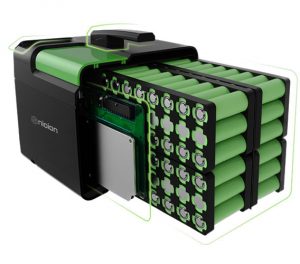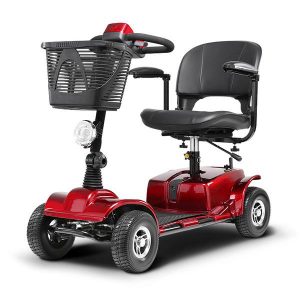In 1881, French engineer Gustave Trouvé invented the first electric car. This is a tricycle powered by a lead-acid battery. It is driven by a DC motor. Today, electric cars have Great changes have taken place, and the types are also diverse.
Electric vehicles can be divided into electric bicycles, electric two-wheelers, electric tricycles, scooters and so on. But the main body is basically composed of the four major parts of the battery, the electric wheel hub, the controller, the charger and the car body part. Electric vehicles, namely electric vehicles, also known as electric vehicles. Electric vehicles are divided into AC electric vehicles and DC electric vehicles. Generally speaking, an electric vehicle is a vehicle in which a battery is used as an energy source, and electrical energy is converted into mechanical energy movement through a controller, a motor, and other components, so as to control the current and change the speed of the vehicle.

Therefore, the main part of electric vehicles is batteries, which can generally be divided into lead-acid batteries and lithium batteries. A lead-acid battery is a secondary battery whose electrodes are mainly made of lead and its oxides. Its electrolyte is a sulfuric acid solution, the main component of the positive electrode is lead dioxide, and the main component of the negative electrode is lead. The price is relatively cheap, the voltage is relatively stable, the fault is easy to repair, and the manufacture is relatively convenient. The energy density of lead-acid batteries is about 50-70Wh/kg, and lithium batteries can reach 300Wh/kg. The huge disparity in energy density is the fundamental reason why lithium-ion batteries can become power batteries. The number of charge cycles of lead-acid batteries is only about 300, the number of charge cycles of ternary lithium batteries can reach 1000 times, and the number of charge cycles of lithium iron phosphate batteries is as high as more than 2000 times. If a lead-acid battery is used as a power battery, it is estimated that the battery will need to be replaced once in one or two years, and the cost of battery replacement is not small.

Therefore, even if the cost is lower than that of lithium-ion batteries, lead-acid batteries do not have any price-performance ratio in front of lithium-ion batteries. This is the reason why electric vehicles choose lithium-ion batteries as power batteries.
